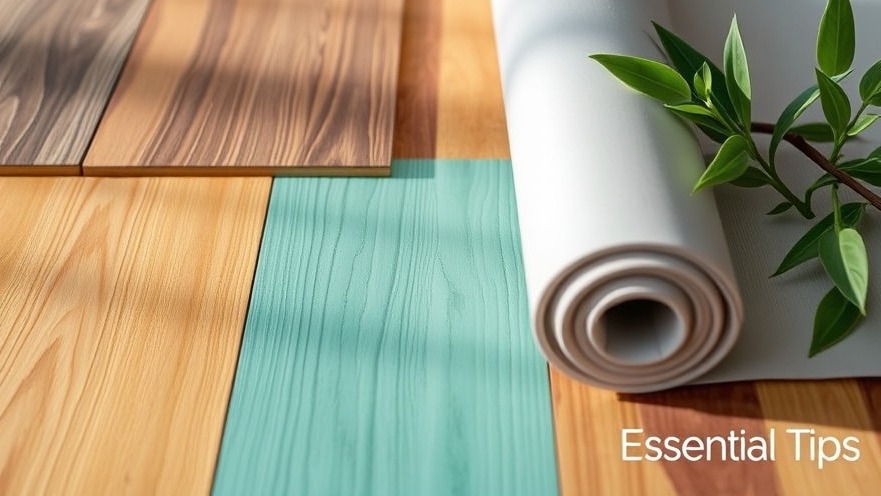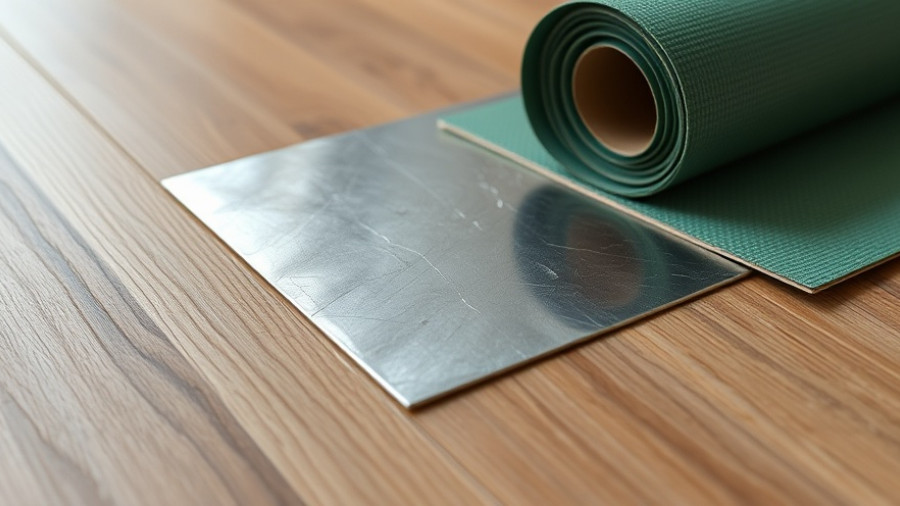
Unlocking The Secrets: Choosing Underlayment for Laminate Flooring
When it comes to achieving the sophisticated and polished look of laminate flooring, the crucial role of underlayment can often be overlooked. This underappreciated material is a key player in ensuring that your laminate flooring not only looks great but also performs well over time. Think of it as the unsung hero of your flooring project.
The Importance of Underlayment for Laminate Floors
Imagine installing a beautiful laminate floor only to find it's noisy, cold, or uneven. That’s where the underlayment comes in! It serves multiple functions, from acting as a moisture barrier to cushioning the planks, giving you comfort underfoot. This layer can even help control sound transmission, making your home quieter—certainly a boon for homeowners!
Key Factors to Consider When Choosing Underlayment
So, how do you know which underlayment is best for your situation? Here’s what you should keep in mind:
Subfloor Type: Different subfloor types, such as concrete or plywood, can dictate the kind of underlayment you'll need. For instance, a concrete subfloor requires an underlayment with a moisture barrier, while plywood might not.
Thickness Matters: The thickness of your underlayment usually ranges from 2mm to 3mm. Some exceptions apply depending on the specific needs of your flooring installation.
Acoustic Properties: If sound is a concern, look for underlayments designed specifically to reduce noise. These will help limit any hollow noises that often come with laminate flooring.
R-Value Insights: In colder climates, you’ll appreciate an underlayment with a higher R-value for better insulation and warmth during chilly months.
The Types of Underlayment Available
Picking the right underlayment involves knowing the different types available. Here are a few options:
Foam Underlayment: Generally affordable and easy to install but might lack moisture protection.
Cork Underlayment: This option is known for its sound-absorbing properties and some resistance to mold—perfect for eco-conscious homeowners.
Combination Underlayment: Offers the benefits of foam with added moisture protection—ideal for high-humidity areas.
Final Thoughts: Invest Wisely for Long-lasting Results
Selecting the right underlayment is not just a trivial decision—it can profoundly impact the longevity and performance of your laminate flooring. As captivating as laminate can be, the underlying support is just as important for achieving the perfect finish. Take the time to research and consider what best fits your unique setup.
If you’re navigating through home projects or looking for expert advice on flooring solutions, remember that making the right choices now can save you headaches down the road. Embrace the charm of a well-planned flooring installation, and your feet will thank you every step of the way!
 Add Row
Add Row  Add
Add 




Write A Comment